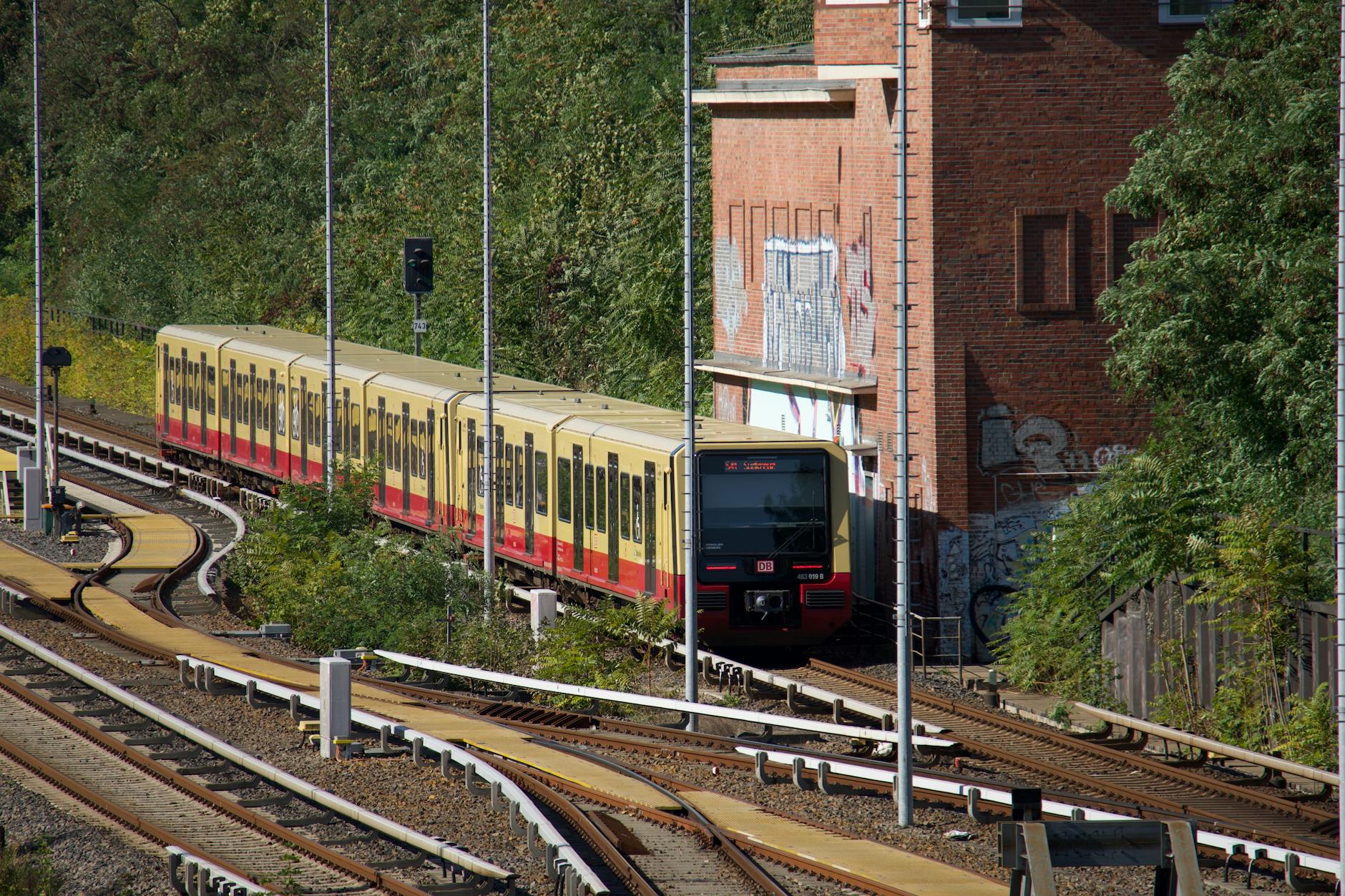Germany has achieved something truly remarkable – a level of bureaucratic absurdity that would make Kafka himself proud. The country currently sits on approximately two million empty apartments while simultaneously facing a shortage of roughly two million affordable homes. This isn’t just a market failure, it’s a masterclass in systemic dysfunction.
The Great German Housing Paradox
Let that sink in for a moment. Two million vacant properties collecting dust, while families, students, and workers scramble for housing in cities like Berlin, Munich, and Hamburg. The vacancy rate isn’t just a statistic – it’s a monument to market inefficiency on a national scale.
Many of these empty properties aren’t in bustling urban centers where they’re needed. As one commentator pointed out, the vast majority of these vacant units are sitting in eastern Germany, rural Bavaria, and Lower Saxony – areas where economic opportunities have dried up faster than a puddle in the Sahara. Meanwhile, the tech hubs and economic powerhouses face housing shortages that would make Hong Kong blush.
Why Landlords Are Going on Strike
The question isn’t just where these empty homes are, but why they remain empty. The answer lies in a perfect storm of regulatory headaches, financial disincentives, and good old-fashioned frustration.
Many property owners have simply given up on renting. Between the labyrinth of tenant protection laws, the specter of the Mietpreisbremse (rent control), and horror stories about tenants who refuse to pay rent for years while eviction proceedings crawl through German courts at glacial speeds, who can blame them? One landlord’s nightmare is another’s decision to let properties sit empty rather than deal with the headache.
The situation recalls Berlin’s failed rent cap experiment, where landlords responded by pulling properties from the market entirely rather than accept artificially low rents. The law was eventually struck down by Germany’s constitutional court, but the damage was done – available housing shrank precisely when it was needed most.
Policy Responses That Miss the Point
Germany’s solution to this self-inflicted crisis? More regulations, of course. The government is currently pushing legislation that would limit vacancies to a maximum of six months. Because nothing says “solve the housing crisis” quite like threatening property owners with fines for not renting out properties they don’t want to rent.

Meanwhile, Austria is taking a different approach. They’re pumping billions into non-profit housing construction, resulting in Austrians spending only 30% of their income on housing compared to Germans’ 39%. The difference? Austria focused on increasing supply while Germany focused on controlling prices and adding regulations.
The Construction Conundrum
Germany’s grand solution involves what they’re calling the “Bau-Turbo” – a new paragraph in the building code that allows municipalities to skip complex development plans until 2030. The goal is to accelerate approvals and get more housing built. Sounds great in theory, except…
Germany simultaneously maintains around 5,000 regulations that make construction and renting less attractive. It’s like putting a turbocharger in a car while simultaneously filling the engine with sand. The country managed only 215,900 building permits in 2024 – nowhere near the 400,000 homes needed annually to meet demand.
The Geographic Mismatch From Hell
Here’s the core of the problem: Germany’s empty homes are in the wrong places. The vacant apartments concentrated in structurally weak regions do absolutely nothing for the software engineer who needs to live near Munich’s tech scene or the international student trying to find affordable housing in Berlin.
This isn’t just a supply problem – it’s a distribution problem. Germany needs housing where the jobs are, not where the jobs were 30 years ago. But moving housing is slightly more complicated than moving furniture, leaving us with this bizarre standoff.
What Actually Needs to Happen
The solution isn’t rocket science, but it does require acknowledging some uncomfortable truths:
-
Build more, regulate less: Germany needs to streamline its construction process and reduce the regulatory burden that makes developers think twice before breaking ground.
-
Incentivize the right behavior: Instead of punishing landlords for not renting, create tax incentives for renovating and bringing vacant properties to market, especially in high-demand areas.
-
Address the regional disparity: Recognize that empty homes in rural Saxony don’t solve housing shortages in urban Bavaria. This requires targeted regional development policies, not one-size-fits-all national mandates.
-
Learn from neighbors: Austria’s focus on non-profit housing construction has kept rents more affordable. Germany could learn something from this approach.
The current situation is unsustainable – a nation of engineers and planners has somehow engineered itself into a housing crisis of spectacular proportions. Until Germany addresses the fundamental mismatch between where housing exists and where it’s needed, those two million empty homes will remain monuments to policy failure while millions struggle to find a place to live.
The German reputation for efficiency has met its match in the housing market – a system so inefficient it manages to maintain massive shortages and surpluses simultaneously. Now that’s truly an achievement worth noting.

